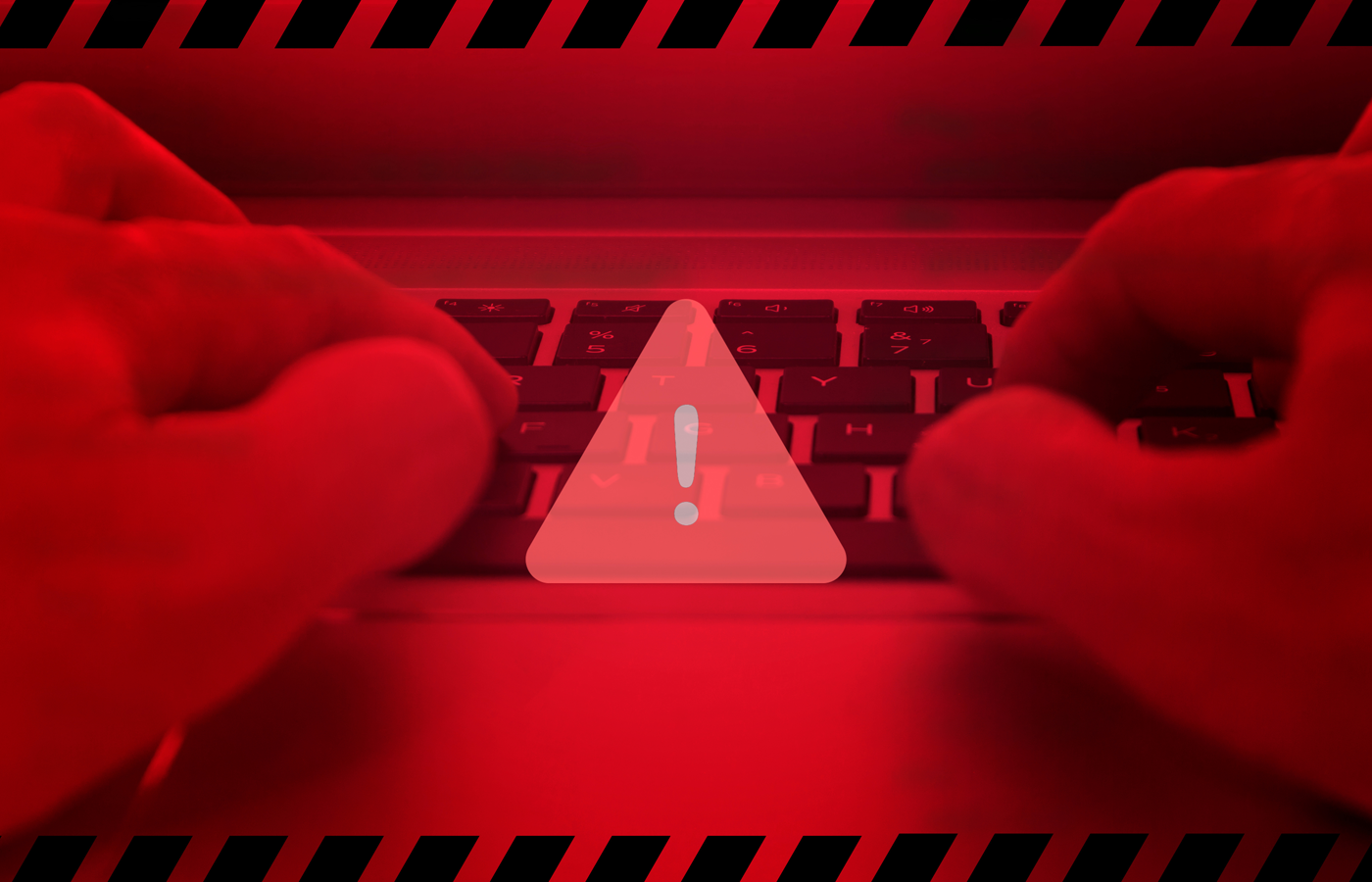A vulnerability assessment is one of the most important pieces of an enterprise’s vulnerability management lifecycle because you can’t fix security vulnerabilities you know nothing about.
Through the vulnerability assessment process, networks and assets are scanned and newly discovered vulnerabilities are analyzed and scored based on risk. With completed vulnerability assessments, cybersecurity and vulnerability specialists will have the knowledge they need to make security adjustments that make a difference.
But vulnerability assessments are only as successful as the plans behind them. If you don’t have the right teams, tools, and strategies in place, you’ll likely miss an important step and unwittingly leave your network as vulnerable as it was before. This guide will help you identify the steps of the vulnerability assessment process, how they apply to your organization, and whether or not your organization needs to assess vulnerabilities at all (spoiler — you do).
Also read: Vulnerability Management: Definition, Process & Tools
Table of Contents
Step 1: Define Parameters and Plan Assessment
Before you can start the assessment process, you need to first determine the scope of your assessment and the exact components of your network that need to be assessed, such as hardware, user devices, applications, and network infrastructure.
An important part of the planning process will be an initial discovery phase, where you identify assets and determine baselines for their individual security capabilities, risk tolerance, user permissions, configuration, and other factors. The asset discovery process can be particularly arduous if your network includes BYOD mobile devices or IoT devices, but certain vulnerability management tools make it easier to identify and assess these kinds of assets.
Now, you’ll need to determine who will be involved in the assessment process, what tools you’ll be using, the timeline for assessment and remediation, and how frequently these assessments need to be completed. If you are not already using third-party tools to scan and analyze vulnerabilities, now is the time to research the market and determine if you have all the resources you need for a successful assessment.
See the Top IT Asset Management (ITAM) Tools for Security
Step 2: Scan Network for Vulnerabilities
Now, it’s time to scan your network for security vulnerabilities, either manually or via automated vulnerability scanner tools. Although some enterprise-level vulnerability scanners can be incredibly expensive, there are also free and open-source solutions that might be a fit for your organization.
Alongside the actual scan, you’ll use threat intelligence and vulnerability databases to identify security flaws and weaknesses and filter out false positives. Don’t be too concerned if your scan’s results show numerous network vulnerabilities; that’s to be expected, especially the first time your organization starts to focus on vulnerability management and remediation.
Also read: What is Vulnerability Scanning? Definition, Types & Guide
Step 3: Analyze Results
Your network vulnerability scan has likely returned massive amounts of vulnerability data, much of which is unstructured — now it’s time to analyze and organize that data. Consider not only the criticality of a vulnerability and the likelihood of it being exploited but also what network resources will be impacted if an attack targets that vulnerability. This data will be especially important when communicating with business stakeholders about the steps you want to take to remediate specific vulnerabilities.
As an additional note, it’s a good idea to look beyond vulnerability scan results. Ideally, you’ll also have data from firewall logs, penetration tests, and network scans to review as well.
Also read: Penetration Testing vs. Vulnerability Testing
Step 4: Prioritize Vulnerabilities
The most severe vulnerabilities in your vulnerability scans will need to be identified and addressed first. Critical vulnerabilities are security issues that are already causing damage and/or unwarranted access to the network and should be at the top of your risk prioritization list. Right below these vulnerabilities are the ones that have possible exploits malicious actors could take advantage of in the future.
While all vulnerabilities will need to be addressed at some point, your initial vulnerability scan will return overwhelming numbers of vulnerabilities that you cannot correct all at once. This step is an important move toward making your vulnerability assessment data measurable and actionable.
Also read: Over 15 Million Systems Exposed to Known Exploited Vulnerabilities
Step 5: Create the Vulnerability Assessment Report
Now that you’ve completed the vulnerability assessment scan, analysis, and risk prioritization steps, it’s time to document your findings in a vulnerability assessment report. This report will detail all vulnerabilities that were discovered, along with their severity, potential attack vectors within the network, and possible solutions.
Portions of this report can use technical jargon and instructions directed at the cybersecurity or vulnerability specialists who will be remediating and mitigating vulnerabilities. However, the report still needs to include visualizations and explanations that help less-technical business leaders — like the CEO — understand the work that’s being done and why.
Step 6: Use Results to Inform Remediation and Mitigation
You’ve identified and prioritized security vulnerabilities on and in your network, and now that you’ve reported on these problems and your plans to resolve them, it’s time to act. You may be able to remediate some of your most critical vulnerabilities with actual patches, but others will require lesser mitigation techniques. Regardless of the solutions you pursue, regularly refer back to your vulnerability assessment to ensure you’re focusing on the right vulnerabilities in the right order.
See the Best Patch Management Software & Tools
Step 7: Regularly Repeat Vulnerability Assessments
Vulnerability assessments provide great snapshots of your network security landscape when they’re first conducted; but almost as soon as the assessment is complete, new applications, users, permissions, datasets, and other features change the landscape of your network and open it up to additional threats. It’s necessary to continue cycling through the vulnerability assessment process because new vulnerabilities will emerge and existing vulnerabilities may grow more severe over time.
More on risk management:
- What is Cybersecurity Risk Management?
- Best Risk Management Software
- Best Third-Party Risk Management (TPRM) Tools
How to Use Vulnerability Assessment Tools
Vulnerability assessment tools can automate or even take over certain steps in the vulnerability assessment process, saving your network security team time for more complex strategic work. Some of the most common types of vulnerability assessment tools are asset discovery tools, vulnerability scanners, vulnerability assessments and reports, vulnerability management tools, and risk prioritization tools. Each of these solutions focuses on different steps in the vulnerability assessment process and can be incredibly useful for teams that want to automate their vulnerability assessment and management workflows.
But before you invest in vulnerability assessment tools, it’s important to first learn how they work. Use these tips and best practices to use your vulnerability assessment tools more effectively:
- Investigate your existing cybersecurity suites: Many vulnerability assessment tools are part of a greater vulnerability management or cybersecurity suite. If you’re already working with an MSSP or other preferred security vendor, start by asking them if they provide any vulnerability assessment tools that would work for your network’s needs.
- Select the appropriate tool format for your network: Some vulnerability assessment tools are delivered in formats that might not work for your particular network. For instance, certain appliances won’t work on cloud networks and need to be replaced with a virtual appliance. Others may not meet the regulatory compliance standards that your organization is held to.
- Use multiple vulnerability scanning tools where appropriate: Your organization may benefit from using multiple vulnerability scanning and management tools in conjunction. For example, many organizations choose to use both a paid third-party scanner and an open-source scanner to compare results and get a better picture of the attack vectors hackers may be using.
- Integrate vulnerability assessment tools with the rest of your solutions stack: If you’re interested in making the most of your vulnerability assessment investment, look for tools that can integrate with the DevOps, ITSM, and ticketing tools you already use.
Also read: The 8 Best Vulnerability Scanner Tools
Should Everyone Run Vulnerability Assessments?
All companies should run vulnerability assessments, regardless of the size and complexity of their networks. Any kind of network can be exploited by malicious actors at any time, so it’s important to regularly assess and solidify the weakest parts of your networking infrastructure. Particularly if you work with sensitive data that is subject to compliance regulations like HIPAA or GDPR, vulnerability assessments help you to document the steps you’re taking to protect user data and comply with regulatory requirements.
Smaller companies may be hesitant to run vulnerability assessments because they don’t have the cybersecurity staff or the budget to invest in enterprise-level tools. Fortunately, there are many free vulnerability scanners and other tools that can simplify the process. Even if you end up requiring the services of a third-party provider or tool, your improved security posture will be worth the cost. Preventing a single major breach may cover the cost.
Bottom Line: Vulnerability Assessment Process
When a person is sick, they need to be treated, but it’s important for healthcare providers to first determine what’s wrong and what treatments will be most effective. And, for a person who appears to be healthy, going to the physician for regular checkups is one of the best ways to quickly identify and treat life-threatening illnesses before they get worse.
Vulnerability assessments serve the same purpose for enterprise networks, helping network security professionals identify the types, quantities, locations, and severity of different security vulnerabilities before they turn into bigger problems. Regardless of the size of your network, you owe it to your internal team and your customers to conduct regular and comprehensive vulnerability assessments so you can better protect sensitive data, applications, and other business assets.
Further reading:
This updates a April 17, 2019 article by Jeff Goldman








